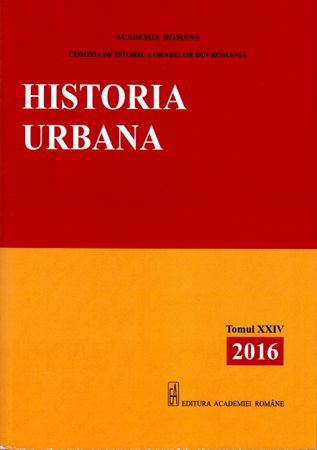Locuințe pentru funcționari: activitatea Caselor funcționarilor publici în București, 1910–1942
Houses for State Workers: the Activity of Public Servants’ Societies in Bucharest, 1910–1942
Author(s): Irina Popescu (Calotă)Subject(s): Architecture, Recent History (1900 till today)
Published by: Editura Academiei Române
Keywords: public administration; state workers; housing policies; allotments; apartment buildings; urban history; Bucharest;
Summary/Abstract: By the end of the nineteenth century (and especially during the interwar period), Romanian cities were confronted with an abrupt growth in population, the base of a new social middle class, composed not only by industrial workers, but by public servants as well. The development of public administration – a process that took place especially after the mid nineteenth century – was facing new important challenges after the 1918 unification. The new territories, with an unbalanced ratio between Romanian and foreign urban population, forced the state into taking important actions, in order to provide new jobs for the local Romanian population. This decision led to a constant process of enlarging both local and central public administration structures all over the country, requiring more and more employees over the years. In order to increase the living standard for state workers and to help their employees in different ways, many public institutions started forming special societies. Starting with 1910, many of them chose to take long term actions in providing houses for their employees, in a time when housing crises reached a high point and when public administration started to assume an important role in providing cheap and sanitary houses for those in need. This paper explores how public servants’ societies were founded, their general goals and ways of working. It also reveals their most important accomplishments in Bucharest. This part is divided into three main chapters, following the different ways of intervention: medium and large allotments in the peripheral area of the city (most of them followed by construction activities), large allotments in the suburban area and apartment buildings constructed mainly in the central part of the city, for the middle and upper class. In the end, we intend to connect these actions to wider measures undertaken in order to provide houses for the state workers, developed during the first half of the twentieth century.
Journal: Historia Urbana
- Issue Year: XXIV/2016
- Issue No: 24
- Page Range: 7-37
- Page Count: 31
- Language: Romanian
- Content File-PDF

